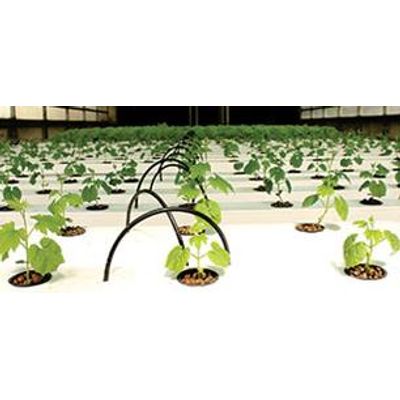

- Home
- Companies
- Saveer Biotech Limited
- Products
- Saveer - Hydroponic System and Kits

Saveer - Hydroponic System and Kits
Hydroponic farming is the practice of growing plants without soil. Plants can be grown in nutrient solution or in sterile substrates, which are microbe free.Hydroponic Systemuses less than 1/10th - 1/5th of the water used in soil cultivation.
License available for
- Lettuce
- Tomato
- Capsicum
- Cucumber
- Strawberry
- Mint
- Basil
The development and use of controlled environment agriculture and hydroponics have enhanced the economic well being of many communities throughout the world and with the pieces of training and assistance in establishing such project, suitable human resources and entrepreneurs can be developed in India to make hydroponics a technical reality. Such production systems can produce horticultural crops where field-grown fresh vegetables and ornamentals are not possible or unavailable for much of the year.
We are offering hydroponic farming and offering hydroponic system & kits in Delhi, India.
Potential implementation areas and significance:
- Residential, industrial and services buildings
- No requirement of soil and exclusive land for growing crops
- Resistant to weather related disruptions
- Potential food production year around
- Favorable potential environmental benefits
- Efficient Energy, CO2 and water exchange
- Symbiotic flows characterization
- Reduces food miles
- Potential to represent a key point in the design of low-carbon cities
- Agronomic practices easy to follow
